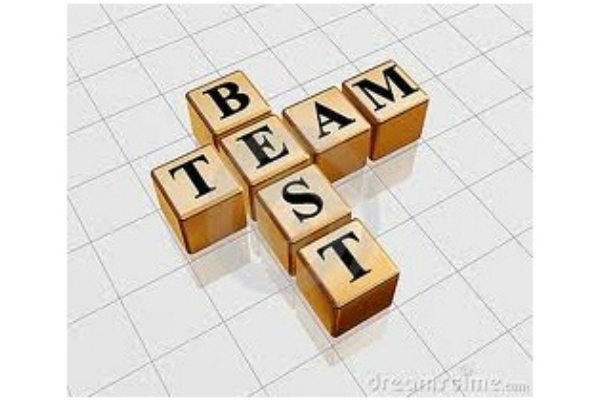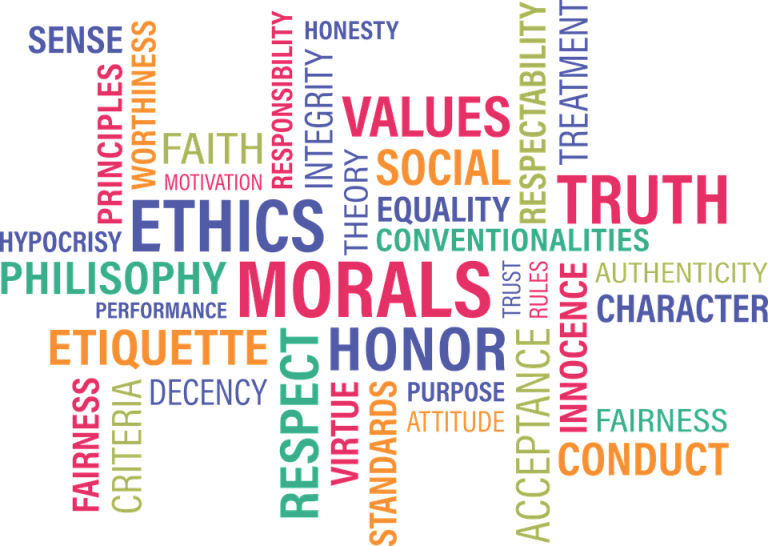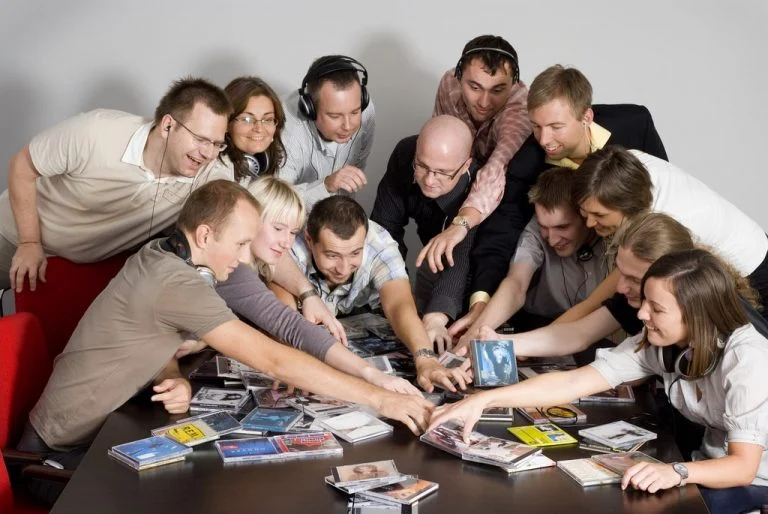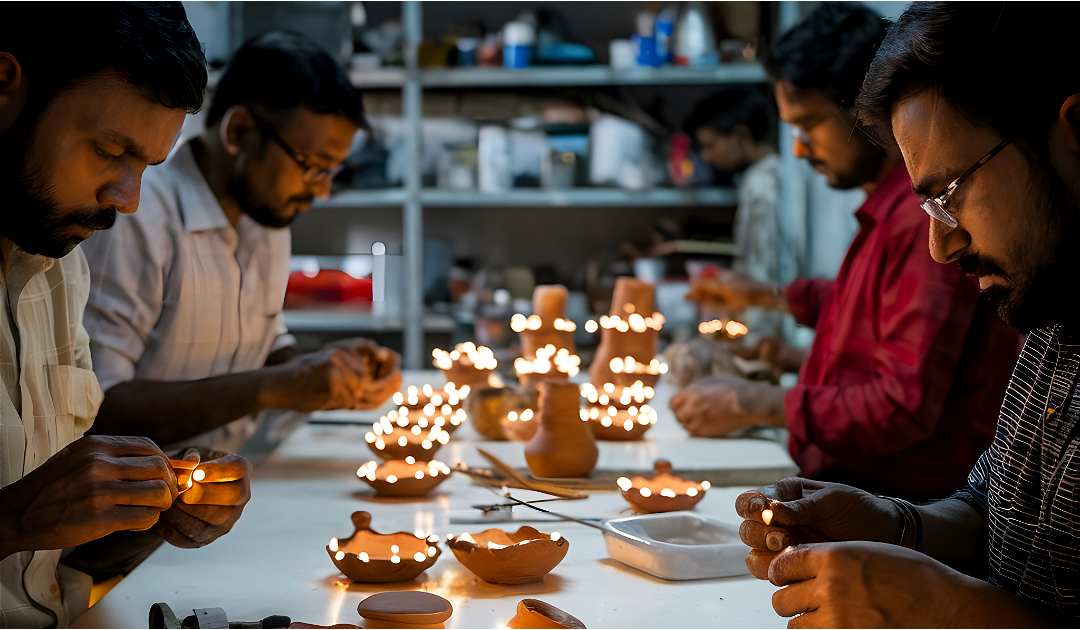I have always found great inspiration in the simple yet profound statement from Adrian Gostick and Chester Elton’s book, The Orange Revolution. They emphasize, “One great team can transform an entire organization.” Reflecting on my own professional experiences, I truly believe this statement is accurate. Great teams possess a unique power, enabling remarkable accomplishments and driving organizational success.
But a common question that arises is: what really goes into building such a great team? How can leaders effectively foster teamwork, enhance collaboration, and ultimately shape a high-performing organization?
While there is no shortcut or magic formula, my professional journey has shown me that three foundational building blocks greatly influence team success:
- People
- Values
- Culture
Let me walk you through each of these elements in detail, sharing actionable insights that can help you build your own successful team.
1. People: Getting the Right Team Together
Table of Contents

When I think about building successful teams, I am always reminded of a story attributed to Michael Jordan. His coach famously reminded him, “There is no ‘I’ in ‘TEAM’,” to which Jordan famously replied, “But there is an ‘I’ in ‘WIN’.” At first, I misunderstood Jordan’s words as selfishness. However, upon deeper reflection, I realized he meant that every individual’s performance directly impacts team success. In other words, every person counts.
Jim Collins, in his groundbreaking book Good to Great, reinforced this viewpoint. Collins concluded through extensive research that outstanding organizations always prioritize having the right people. He succinctly advised organizations to first get the right people on board, remove the wrong people, and ensure that the right people are in the right positions. This principle resonates deeply with me, emphasizing that effective team building begins with meticulous hiring decisions and thoughtful talent management.
Moreover, building a diverse team that brings different perspectives, backgrounds, and experiences enriches overall creativity and problem-solving capabilities. Diversity is not just about representation; it is about harnessing the power of varied thinking styles.
Workplace Takeaway:
Invest carefully in your hiring processes, align roles with individual strengths, and actively encourage diverse perspectives. Doing so significantly enhances your team’s effectiveness and innovation potential.
Also Read: Helping Employees Find Their True Potential
2. Shared Values: The Glue that Holds the Team Together
If people form the skeleton of a team, values represent the muscle and connective tissue holding everything together. From my experiences, values serve as the guiding principles that distinguish right from wrong and define the team’s identity.
A wonderful analogy comes from Anand Mahindra, who describes organizational values using a child’s painting. He beautifully illustrates that organizational values are not just written statements but something visible through actions and behaviors every day.
Authors Kouzes and Posner, in their book The Leadership Challenge, emphasize how shared values empower and motivate individuals. They note that when personal and team values align, people find deeper meaning and commitment to their roles.
An influential study by John Kotter and James Heskett further highlighted the impact of shared values. Their research concluded that companies with strong cultures built on shared values significantly outperformed competitors. These companies achieved higher revenue growth, increased profitability, and improved employee engagement.
Workplace Takeaway:
Clearly articulate your team’s shared values and embed them into daily behaviors, decisions, and interactions. Celebrate and reinforce behaviors that embody these values to create alignment, unity, and enhanced performance.
3. Culture: Your Organization’s DNA
Culture is an intangible yet powerful aspect shaping how teams function. I often compare it to an organization’s DNA, an invisible yet influential force guiding behaviors, attitudes, and interactions. Successful teams invariably possess cultures marked by openness, trust, psychological safety, and continuous learning.
Books like Good to Great, Tribal Leadership, and Delivering Happiness highlight culture as a critical competitive advantage. Companies can copy strategies, products, and technology, but culture remains unique and nearly impossible to replicate.
Several observable signs clearly reflect the health and nature of your team’s culture:
- How new members or visitors are welcomed
- Communication patterns and transparency levels
- The frequency and nature of interactions between leaders and team members
- The presence of humor, creativity, and mutual support within teams
To strengthen and reinforce a positive team culture, leaders must proactively engage in shaping cultural elements.
Here are key factors that significantly influence organizational culture:
Actions of Team Leaders
Leaders must model the behaviors, attitudes, and values they wish to instill in the team. Their actions significantly influence team members’ behaviors, making it essential to consistently demonstrate integrity and commitment.
Recognition and Rewards
Rewarding culturally consistent behaviors helps reinforce organizational values. Recognizing individuals and teams who embody these values fosters positive reinforcement and widespread adoption across the team.
A Stable Workforce
When a team maintains stability and continuity, cultural values become deeply embedded and transmitted consistently to new members. Stability fosters familiarity, trust, and reinforcement of core cultural tenets.
Thoughtful Onboarding and Socialization
Effective onboarding ensures new hires quickly assimilate the organization’s culture. By clearly communicating the company’s values and demonstrating desired behaviors, organizations help new employees internalize these values swiftly and effectively.
Workplace Takeaway:
Consciously nurture and reinforce your team’s culture through clear actions, consistent recognition, workforce stability, and effective onboarding processes. A strong culture significantly boosts performance, morale, and long-term team success.
Also Read: Why Communication Is an Important Leadership Trait
Practical Steps to Build and Sustain Great Teams
Here are practical, actionable steps I have seen effective leaders use successfully to build great teams:
- Regularly engage team members to understand their individual strengths, aspirations, and areas needing support.
- Foster a psychologically safe environment encouraging open dialogue, creativity, and constructive debate.
- Continuously communicate and reinforce shared team values through meetings, storytelling, internal communications, and recognition programs.
- Promote team building activities and collaborative projects to strengthen relationships and trust among team members.
- Offer continuous learning opportunities and growth focused initiatives to ensure team members remain engaged, motivated, and aligned with organizational objectives.
Addressing Common Workplace Challenges Through Team Building
A common workplace challenge leaders face involves balancing short term productivity pressures with long term team development and cohesion. Effective team building efforts, rooted in shared values and a strong culture, help organizations navigate this challenge successfully.
Creating space for collaboration, learning, and open dialogue amid operational demands enables teams to remain innovative, resilient, and high performing in the long run.
Related Reading: How Not to Give Up on Your Goals
Final Reflections
Building and sustaining great teams undoubtedly requires effort, intentionality, and perseverance. However, as leaders, when we consciously focus on foundational elements such as hiring the right people, fostering shared values, and nurturing a strong culture, the rewards are tremendous.
Great teams are at the heart of great organizations. They enable transformative accomplishments, drive sustainable growth, and create a meaningful sense of purpose and belonging.
I hope these insights and strategies inspire you to continue building exceptional teams within your own organizations. I would love to hear your thoughts and experiences in building great teams. Let us learn from each other’s journeys and collectively create workplaces we are truly proud of.
Happy team building!







